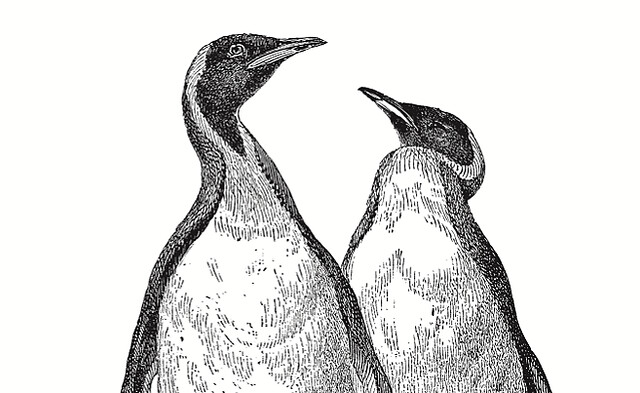Cards
(QUICK LINKS: Decks | plants | mammals | birds | | reptiles | fish | cephalopoda | insects | microbe | events
( scientist | project | modifier | technique |)

Galapagos Land Iguana
Conolophus subcristatus


3 POINTS
Play: Conolophus subcristatus has a MOVE of 2
Fact: Conolophus subcristatus can live for up to 50 years.

King Penguin
Aptenodytes patagonicus


7 POINTS
Play: Aptenodytes patagonicus has a MOVE of 2
Fact: Aptenodytes patagonicus was once hunted for oil, blubber, eggs and skins.

Père David’s deer
Elaphurus davidianus


3 POINTS
Play: Elaphurus davidianus has a MOVE of 2
Fact: Elaphurus davidianus is a semiaquatic animal that prefers marshland, and is native to the subtropics of China

Asian Paradise Flycatcher
Terpsiphone paradisi


7 POINTS
Play: Terpsiphone paradisi has a FLIGHT of 2
Fact: Terpsiphone paradisi catches its food on the wing, thanks in part to its quick reflexes and sharp eyesight.

Stovepipe Sponge
Aplysina archeri


2 POINTS
Fact: Aplysina archeri is a simple multicellular animal that feeds and breathes by filtering water.

Large Flying Fox
Pteropus vampyrus


6 POINTS
Play: Pteropus vampyrus has a FLIGHT of 2
Fact: Pteropus vampyrus is one of the largest bat species